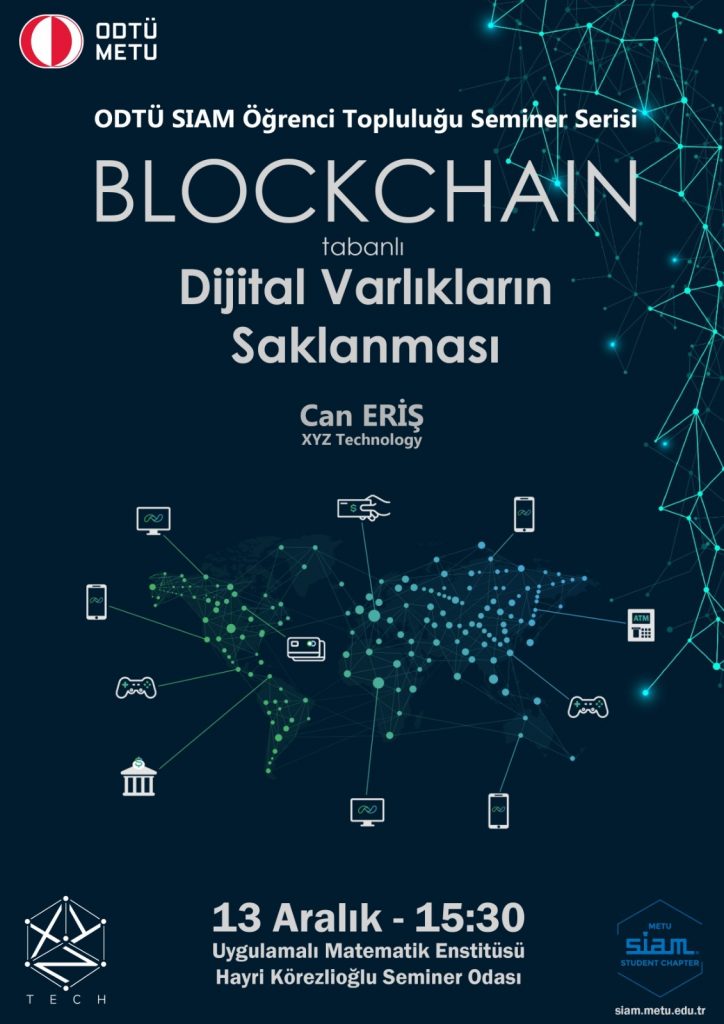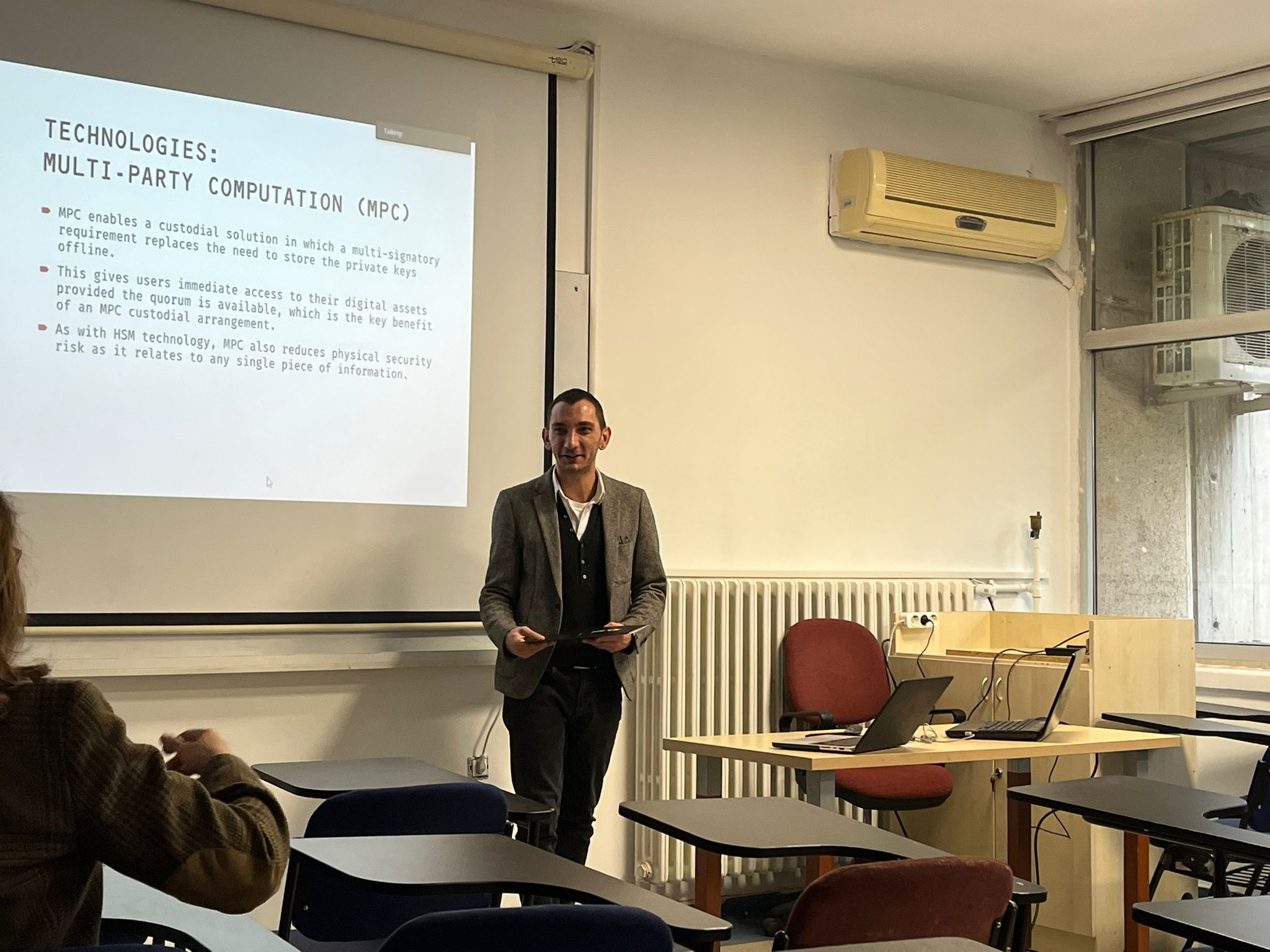Gerhard Wilhelm Weber, Poznan University of Technology, “Regime-Switching Models via Stochastic Optimal Control & Robust Control Theory, with applications in Finance and Insurance”
Monthly Archives: December 2022
METU-SIAM STUDENT CHAPTER SEMINAR-26
Gerhard Wilhelm Weber, Poznan University of Technology, “Regime-Switching Models via Stochastic Optimal Control & Robust Control Theory, with applications in Finance and Insurance”
Date: December 27, 2022
Time: 15:30-16:30
Place: Online – Zoom Meeting ID
Abstract:
The current presentation is divided into two parts. In the first part, we apply dynamic programming principle to discuss two optimal investment problems by using zero-sum and nonzero-sum stochastic game approaches in a continuous-time Markov regime-switching environment within the framework of behavioral finance. We represent different states of an economy and, consequently, investors’ floating levels of psychological reactions by a D-state Markov chain. The first application is a zero-sum game between an investor and the market, and the second one formulates a nonzero-sum stochastic differential portfolio game as the sensitivity of two investors’ terminal gains. We derive regime-switching Hamilton-Jacobi-Bellman-Isaacs equations and obtain explicit optimal portfolio strategies with Feynman-Kac representations of value functions. We illustrate our results in a two-state special case and observe the impact of regime switches by comparative results. Moreover, such models can be strengthened by time delay, which corresponds to inertia or memory in finance. Furthermore, such models are very strong tools to capture abrupt changes of states. For example, we can apply them to life insurance contracts, where states of a Markov chain can represent a switch from alive to injured or dead. The second part is concerned with the study of the problem of optimal management of defined contribution pension funds, under the effect of inflation, mortality and model uncertainty. To be more precise, we consider a class of employees sharing similar characteristics, who, at the time of their retirement, enter a life assurance contract with the same insurance firm by paying – upfront – an entrance fee. The fund manager of the firm collects this wealth to a portfolio savings account and invests it optimally in a Black-Scholes type financial market, augmented by an inflation-adjusted bond. By resorting to robust control and dynamic programming techniques, we provide: (a) closed-form solutions for the case of the exponential utility function, and (b) a detailed study of the qualitative features of the problem at hand that elucidates the effect of robustness and inflation on the optimal investment decisions.
METU-SIAM STUDENT CHAPTER SEMINAR SERIES-25
Can Eriş, XYZ Technology – Software Developer, “Custody of Blockchain Based Digital Assets”
METU-SIAM STUDENT CHAPTER SEMINAR-25
Can Eriş, XYZ Technology – Software Developer, “Custody of Blockchain Based Digital Assets”
Date: December 13, 2022
Time: 15:30-16:30
Venue: Institute of Applied Mathematics (IAM), Hayri Körezlioğlu Seminar Room (S-212)
Abstract:
The term “digital asset” is defined by the IMF as “digital representations of value, made possible by advances in cryptography and distributed ledger technology. They are denominated in their own units of account and can be transferred peer-to-peer without an intermediary.”
As the digital asset market continues to grow, and individuals and institutions begin to accumulate digital assets that exhibit significant value, the safeguarding of these assets takes on greater priority. Private keys represent the single-point-of-failure in a world of digital assets: they are the only access to an asset, difficult to remember, and are targets for malicious attacks. Losing the private key to an asset is likely to result in the loss of all the respective holdings, with little or no possibility of recovery.
Thus, the main functionality of digital asset custody solutions lies in the safeguarding of private keys — a cryptographic complex alphanumeric combination used to represent, transfer, and operate the holdings. The custody landscape comprises of different options, as well as cryptographic technologies such as multi-party computation that allow shared custodianship of assets that was previously impossible for traditional asset classes.




